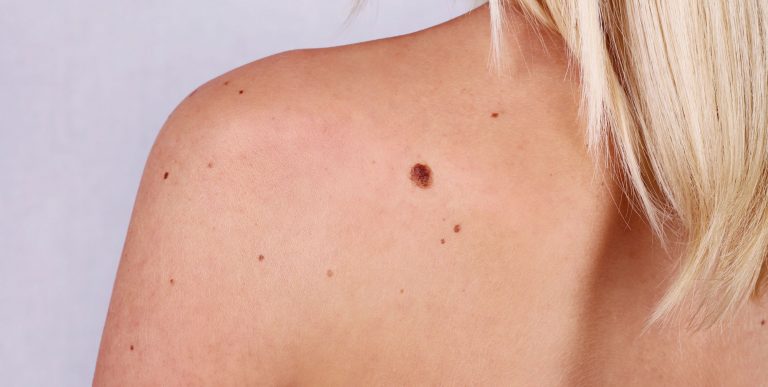
Patch testing and skin allergies
Allergic contact dermatitis occurs when you become allergic to substances that interact with your skin. Skin allergy is commonplace in Australia, and cosmetics, fragrance, nickel and preservatives are common allergens.
Often, people don’t realise that a skin allergy may be causing their dermatitis. The time-course or the exposure and reaction are often complicated or unclear, and allergens can hide in products and items used daily that seem unlikely to be relevant to your skin. Patch testing explores whether a chemical or ingredient may be to blame.
This kind of testing is done by applying small amounts of allergens onto a series of patch adhesives on a patient’s back. It is different from skin prick (needle) testing, which tests for different kinds of allergies such as hay fever or hives, not eczema. Usually, at least 60 patches (The Australian Baseline Series) are tested at one time. At Q Dermatology we can even test your own products to see if you are allergic, as well as ordering special additional allergy tests where required, for patients with particular circumstances. Testing is an involved process, and requires three appointments in one week, with the adhesive patches applied on a Monday, removed on a Wednesday, and the reactions read from your back on the Friday. Any patches that have caused a red area indicate a positive reaction, and suggest an allergy.
If you wonder whether allergy may be contributing to your eczema, please discuss this with your dermatologist at Q Dermatology. Allergy testing is not always useful for all patients; however, it may provide incredibly helpful answers when performed appropriately, with the correct tests.